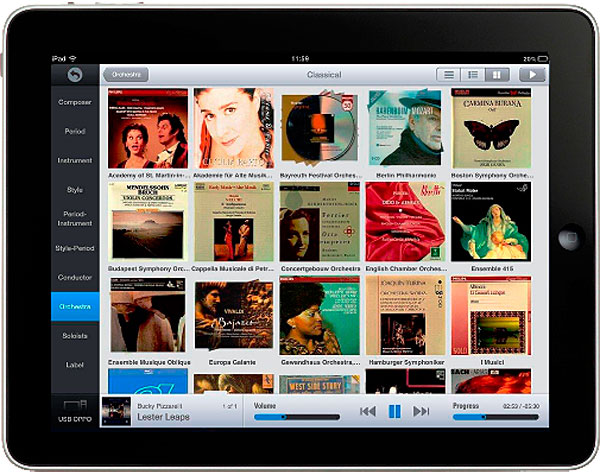| Columns Retired Columns & Blogs |
The Seattle Symphony site only provides links to Amazon and iTunes downloads. I've found surround sound FLAC files at Primephonic and Highresaudio, but am wondering whether those are my only options. The Primephonic site is much cheaper, but does not specify that the 5.1 files are 24/96.









































